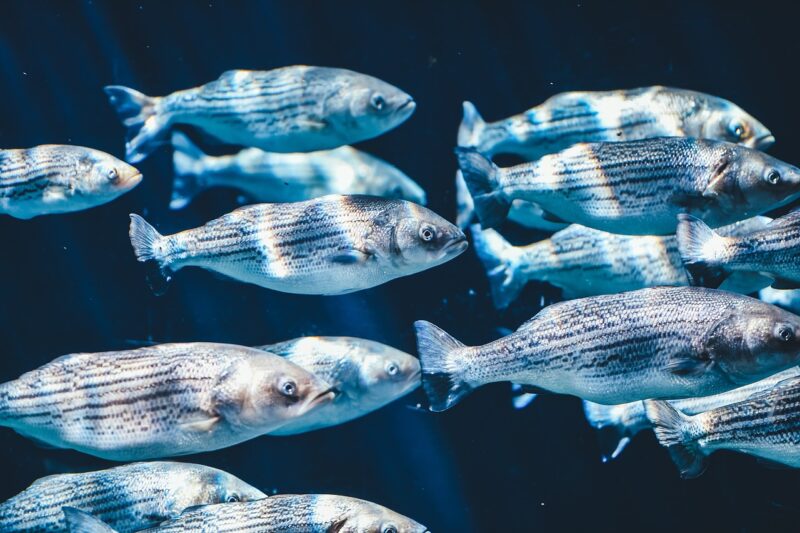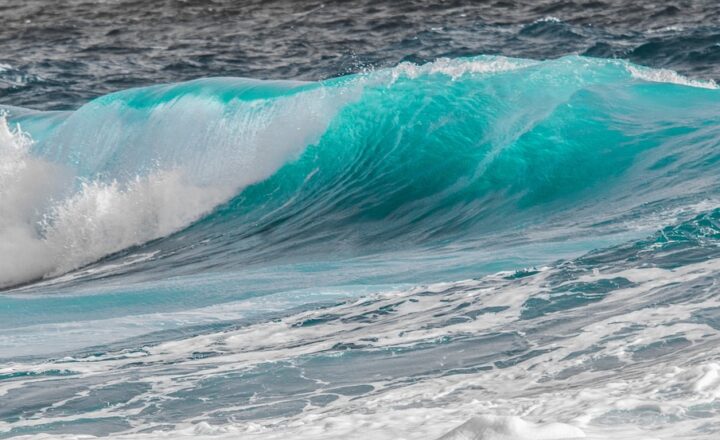
When it comes to the underwater world, the vast ocean holds a multitude of creatures, each with its own unique adaptations and survival strategies. Among these, some species can be dangerous to humans, either due to their venom, aggression, or the threats they pose if provoked. While the shimmering beauty of fish can lure many a traveler, knowing which species to avoid is key for a safe aquatic experience.
1. The Lionfish: A Beautiful but Lethal Invader
Renowned for its stunning appearance, the lionfish boasts long, venomous spines that can inflict excruciating pain if stepped on or provoked. Native to the Indo-Pacific region, the lionfish has become an invasive species in the Caribbean, rapidly multiplying without natural predators.
Venomous Spines: The spines of the lionfish contain venom that causes intense pain, swelling, and nausea in humans. While fatalities are rare, the injuries are serious enough to require immediate medical attention. Prevention is the best strategy; when snorkeling or diving, maintaining a safe distance from this striking fish can help avoid unwanted encounters.
2. The Stonefish: The Most Venomous Fish in the World
Often referred to as the most venomous fish known to man, the stonefish is a master of camouflage, blending seamlessly with rocky and coral environments. Found in the tropical Indo-Pacific regions, it has 13 dorsal spines that deliver a potent venom.
Defensive Mechanism: A stonefish can remain motionless for long periods, making it difficult to spot by swimmers. When stepped on, it delivers a sting that can lead to intense pain, swelling, and, in severe cases, paralysis or death if not treated promptly. Due to its disguise and potency, caution when wading in shallow waters is essential.
3. The Box Jellyfish: The Ocean’s Ghost
While not a fish in the traditional sense, the box jellyfish is noteworthy for its deadliness. Found primarily in the waters of the Indo-Pacific, its tentacles contain thousands of specialized cells that release venom into its prey—or an unsuspecting swimmer.
Human Encounters: A sting from a box jellyfish can cause cardiac arrest, paralysis, and intense pain, often requiring immediate medical intervention. The best way to avoid a box jellyfish sting is to either stay out of waters where they are known to thrive or wear protective clothing when swimming in their habitats.
4. The Pufferfish: A Delicacy That Can Be Deadly
To many, the pufferfish is a delicacy known as fugu in Japan. While it is a food enjoyed by many, it is also one of the most toxic fish. Pufferfish contain tetrodotoxin, which is a potent neurotoxin lethal to humans.
Caution in Consumption: Even the smallest amount of this toxin can cause paralysis and respiratory failure, leading to death. Only licensed chefs are allowed to prepare fugu, highlighting the risks associated with consuming this unique dish. Unless you are an expert, it’s best to admire this unique fish from a distance.
5. The Scorpaenidae Family: Rockfish and Scorpionfish
The scorpaenidae family, which includes rockfish and scorpionfish, are well-known for their defensive venomous spines. While relatively common, these fish can deliver painful stings that result in swelling and discomfort.
Behavioral Traits: They can be aggressive if threatened, making them a risk for divers and fishermen alike. Using care while navigating rocky shores or reefs can help avoid encounters with these venomous beings.
6. The Tigerfish: A Carnivorous Beauty
The tigerfish—famed for its razor-sharp teeth and aggressive nature—can be found in various African rivers. Unlike other fish on this list, the tigerfish isn’t venomous; however, its fierce reputation and immense bite can inflict severe injuries.
Predatory Behavior: Known for its tenacity and aggressive hunting tactics, the tigerfish poses a significant threat to both its prey and unwary swimmers. Avoid swimming in waters known for tigerfish activity.
Conclusion: Know Before You Go
While the ocean is home to a multitude of mesmerizing species, it’s imperative to be aware of those that can pose a threat to your health and safety. Each of the fish mentioned —from the lionfish to the highly toxic pufferfish—serve as reminders of the ocean’s dual nature, capable of both beauty and danger. Understanding these risks and respecting marine environments can lead to safer recreational experiences.
Whether you are snorkeling, diving, or simply enjoying the seaside, knowledge is your best ally. Stay safe by steering clear of these dangerous fish, and remember to always ask local guides for advice on aquatic life in the area you are visiting.







